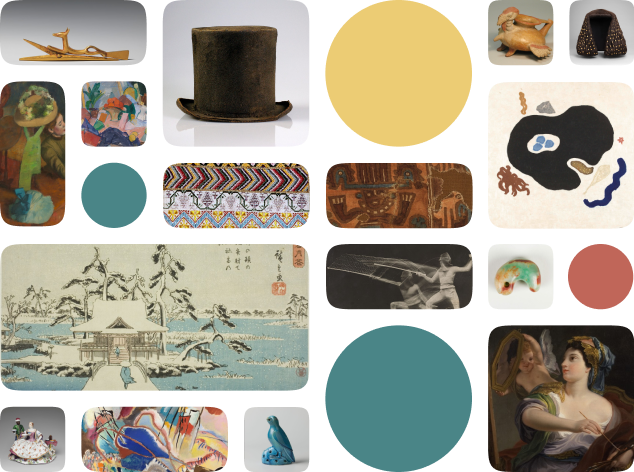Silver Neck Ring
Creator Name
Cultural Context
Date
Source
About the work
Ancient Celts used precious metal neck rings, called torques, as markers of power and status. Celtic people believed that the rings had talismanic powers, protecting the wearer from harm. Images of Celtic deities often feature them wearing or holding these rings. This example, made of silver, was found in current-day Mâcon, France. According to ancient writers, Boudica, the Celtic queen who led an uprising against the invading Romans in 60 BCE, wore a gold neck ring into battle.
Metropolitan Museum of Art Object Description
Torc
Work details
"--" = no data available
Title
Creator
Worktype
Cultural Context
Material
Dimensions
Technique
--
Language
--
Date
Provenance
Style Period
--
Rights
Inscription
--
Location
--
Source
Subjects
Topic
Curationist Metadata Contributors
All Works in Curationist’s archives can be reproduced and used freely. How to attribute this Work:
Unknown, Silver Neck Ring, 475–400 BCE. Metropolitan Museum of Art. People in ancient Celtic culture wore silver neck rings similar to a necklace that sometimes featured deities and were believed to protect the wearer from harm. Public Domain.
Help us improve this content!
Let our archivists know if you have something to add.
Save this work.
Start an account to add this work to your personal curated collection.
